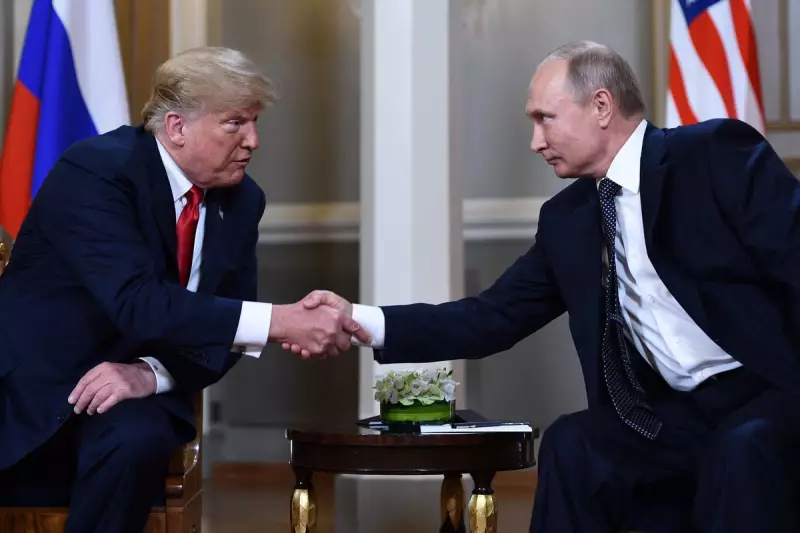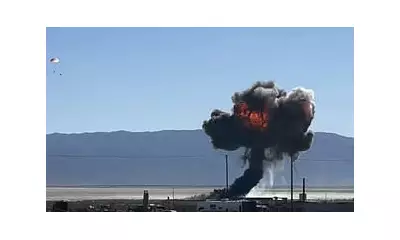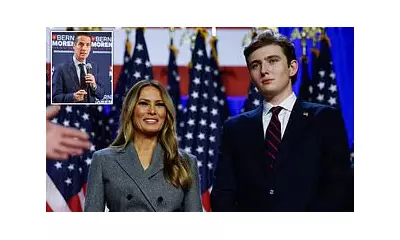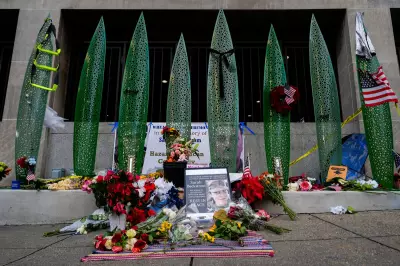
The Trump-Putin Summit: A Turning Point in US-Russia Relations
The meeting between former US President Donald Trump and Russian President Vladimir Putin remains one of the most controversial and consequential diplomatic encounters of the 21st century. Held in Helsinki in July 2018, the summit was marked by intense scrutiny, geopolitical tension, and a series of unexpected moments that left the world questioning the future of US-Russia relations.
Key Moments from the High-Stakes Meeting
The summit produced several headline-grabbing moments, including:
- The infamous press conference: Trump's refusal to side with US intelligence agencies over Putin regarding election interference allegations stunned observers.
- Private discussions: The two leaders met alone for nearly two hours with only interpreters present, fueling speculation about what was discussed.
- Nuclear arms control: Both leaders expressed interest in renewing arms control agreements, though concrete commitments remained elusive.
The Global Reaction
The international community responded with a mix of concern and bewilderment. European allies questioned America's commitment to NATO, while political opponents in the US accused Trump of undermining democratic institutions. Meanwhile, Putin appeared to achieve his strategic objectives without making significant concessions.
Long-Term Implications
While the immediate fallout dominated headlines, the summit's true significance may lie in its lasting impact on:
- The erosion of trust in US intelligence agencies among certain political factions
- The precedent set for direct leader-to-leader diplomacy without bureaucratic oversight
- The shifting balance of power in international relations
Years later, analysts continue to debate whether the Helsinki summit represented a diplomatic breakthrough or a dangerous undermining of established international norms.





